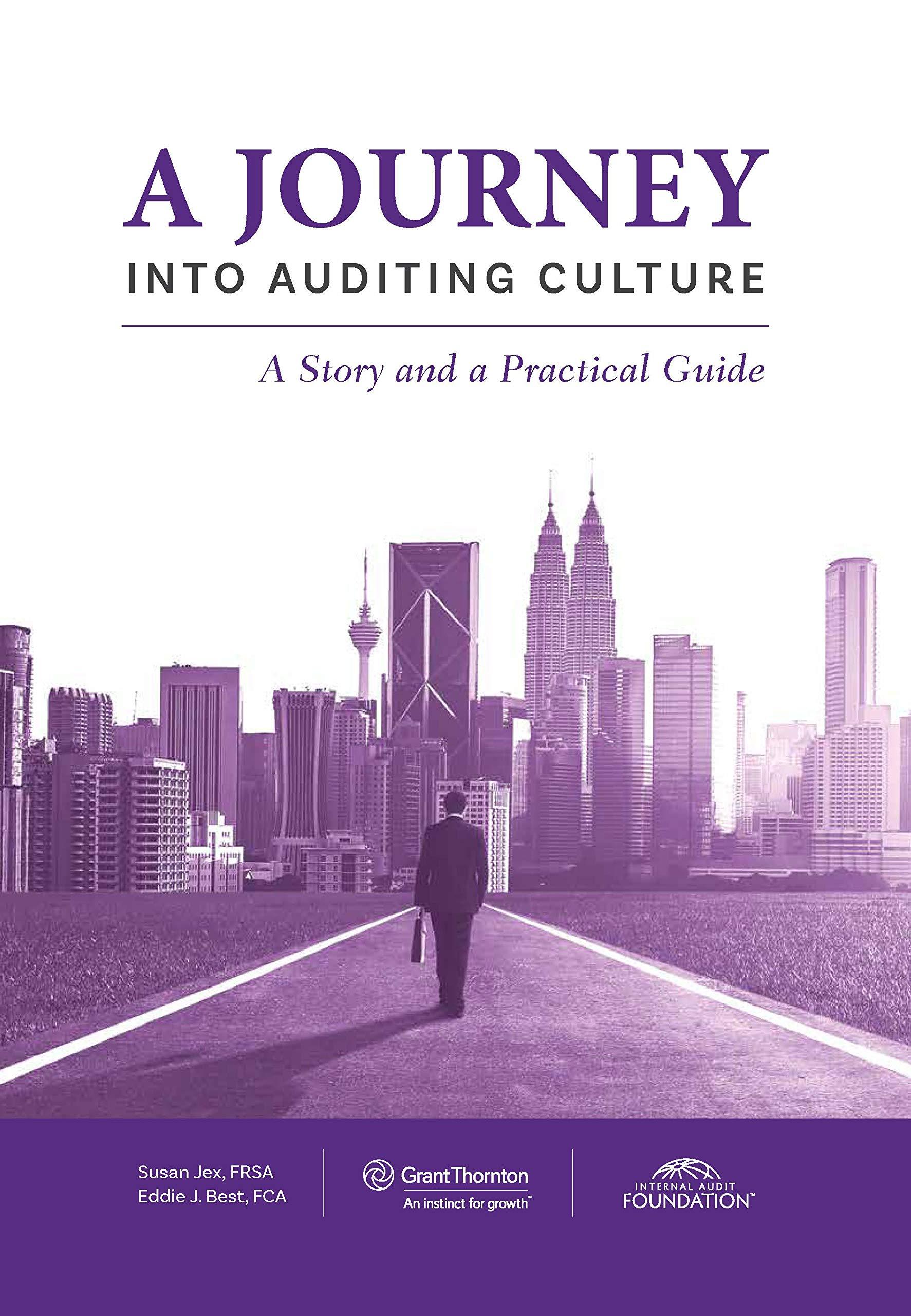Question
Summary Spreadsheet for The Case of CG Scooper BOY 1 EOY 1 EOY 2 EOY 3 Price per Transaction 11 Transactions per Day Price inflation/deflation
Summary Spreadsheet for The Case of CG "Scooper" BOY 1 EOY 1 EOY 2 EOY 3 Price per Transaction 11 Transactions per Day Price inflation/deflation Operating Days per Year Volume - Transactions per Store per Year 1995 Transactions per Store Year 1 Transaction Volume growth Growth - Transactions per Store per Year Stores per Year 250 Tax Rate Store growth Cost of Capital Cost of Sales (% of Sales) Operating Costs (% of Sales) * Inventory % of Sales 15% 15% Receivables % of Sales Payables % of Sales Capital Expenditures 2000000 Cap in Years 5 Straight Line Depreciation * Excluding Depreciation
Introduction to Project
Economics and Capital Budgeting
Case of CG Scooper*
Case Objective
As a result of the case, participants will be able
to create, evaluate and present the financials of an
Appropriation Request
*This case was developed by TRI Corporation and is solely for educational purposes.
Introduction to Project
Economics and Capital Budgeting
The Case of CG Scooper
A business project team has recently concluded that a new product/service (hereafter Scooper) can be a significant value
creation opportunity for CG Co. CG has been in business for over 20 years and is always looking for innovative ways to
create growth for its Shareholders. Scooper will allow an expansion into major retailers such as Home Depot, Lowes &
Wall-Mart. The opportunity will involve the 20 lb. Scoopers commonly used by consumers during home parties.
Prior teams had put together Capital Expenditure proposals for Scooper type programs, recognizing the potential demand
from consumers who would desire the convenience of one-stop shopping at the aforementioned retailers. Unfortunately,
sensitivity analyses performed during these prior proposals could never justify an acceptance decision in their downside cases
(i.e., below base case). Our new management team, however, has identified recent trends in consumer life styles could revive
interest in this channel of distribution.
The base case assumptions are as follows:
Input Value
Cost of Sales (% Sales) ***** 60%
Capital Expenditures* $2,000,000
Transactions per day ** 7
Operating days in year 300
Price per Transaction *** $10.00
Stores**** 250
Operating Costs (% Sales) ****** 20%
Tax rate 38%
Working capital*******
Inventory (% Sales) 15%
Receivables (% Sales) 16%
Payables (% Sales) 12.5%
Cost of capital 14%
* Assumed paid today with 5-yr life and straight-line (linear) depreciation (no salvage value @ 5th year)....
.....Cap Expenditures include all upfront costs in buildings, machinery and equipment
** 7 per day for yr 1 (from focus and beta test) growing at -5% per yr for yrs 2 & 3
*** $10 is yr 1 price....assume selling price increase of 5% and 4.8% in yrs 2 & 3, respectively
**** 250 for yr 1 and 300 and 400 in yrs 2 & 3, respectively
***** 60% for yr 1 and 58% and 55% in yrs 2 & 3, respectively...includes labor, supplies and an inert gases
****** 20% for yr 1 and 21% and 22% in yrs 2 & 3, respectively...includes distribution, selling and administration
******* Assumed constant per year
The time horizon is 3 years. It is assumed the project is terminated at the end of year 3 (an alternative would be to model a
terminal value as a function of long-term growth). Any residual in net working capital (Inventory plus Receivables minus
Payables) and/or Capital Expenditures (un-depreciated value) is assumed to be recaptured in the year 3 cash flow.
Your task is to evaluate the economic feasibility of the Scooper opportunity by developing your own cash flow model (with
supporting decision metrics such as NPV, IRR, Payback, ROC, etc.). Sample Operating Cash Flow and Economic Profit
Statements can be found in the Appendix. Your model should be reasonably robust (allowing for sensitivity analysis). It is
suggested you create an input area that drives the model. You are free to pursue other options for valuing the opportunity you
consider to be more appropriate.
The purpose of the exercise is not to become an expert in financial modeling but for you to become cognizant of the major
issues in creating and evaluating the financials of a business proposal
APPENDIX
Operating Cash Flow & EP Model Structure
INPUTS (Drivers)
Yr. 0 Yr. 1 Yr. 2 Yr. 3
Sales ... ... ... ...
- Cost of Sales ... ... ... ...
Gross Margin ... ... ... ...
Gross Margin (% Sales) ... ... ... ...
- Operating Costs ... ... ... ...
- Depreciation ... ... ... ...
Operating Margin ... ... ... ...
OM (% Sales) ... ... ... ...
- Taxes ... ... ... ...
NOPAT ... ... ... ...
+ Depreciation ... ... ... ...
- Investment (Cap Exp) ... ... ... ...
- Change in Working Capital ... ... ... ...
Operating Cash Flow ... ... ... ...
Cumulative Cash Flow ... ... ... ...
NOPAT ... ... ... ...
- Capital Charge* ... ... ... ...
Economic Profit ... ... ... ...
METRICS
Decision
* For simplicity assume 14% Cost of Capital times beginning net assets (i.e., total capital at book)...net assets
equal net working capital (inventory plus receivables minus payables) plus net investment (initial investment
less accumulated depreciation).
Step by Step Solution
There are 3 Steps involved in it
Step: 1

Get Instant Access to Expert-Tailored Solutions
See step-by-step solutions with expert insights and AI powered tools for academic success
Step: 2

Step: 3

Ace Your Homework with AI
Get the answers you need in no time with our AI-driven, step-by-step assistance
Get Started


